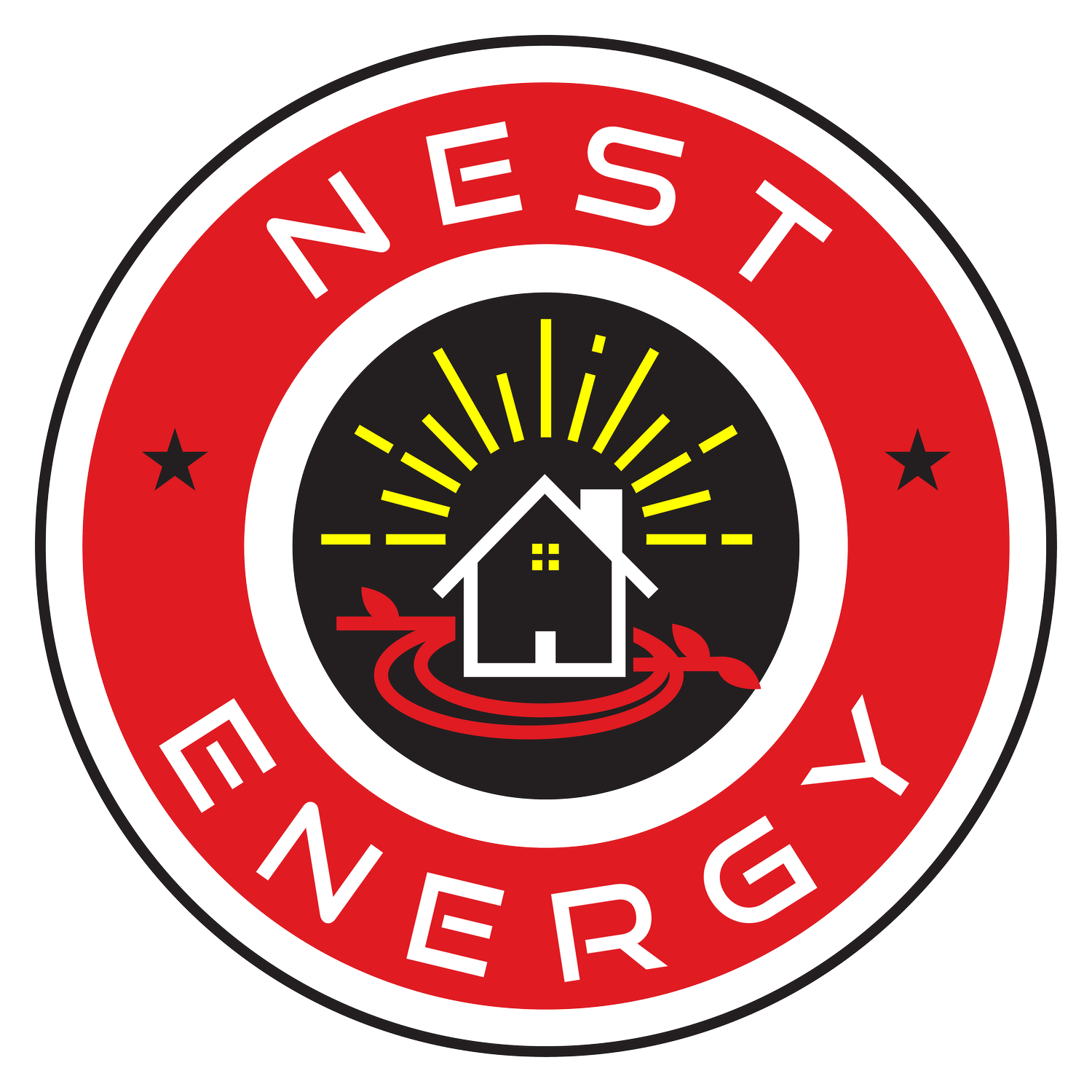High Energy Bill?
We have the solution.
Harnessing the Power of the Sun: Understanding Solar Energy and the Inflation
Reduction Act Unveiling the Benefits of Solar Energy and Government Incentives
The Inflation Reduction Act (IRA) has marked a significant turning point in the realm of sustainable energy, offering a plethora of incentives and tax credits for homeowners embracing solar power. This comprehensive legislation aims to accelerate the adoption of renewable energy sources, fostering a cleaner and more sustainable future. To fully grasp the implications of the IRA for solar energy, let's delve into the specifics of this transformative act.Understanding the IRA's Impact on Solar Energy
The IRA introduces a range of groundbreaking incentives designed to make solar energy more accessible and affordable for homeowners. These incentives include:An expanded and extended solar investment tax credit (ITC): The ITC, which provides a tax credit of up to 30% of the cost of a solar energy system, has been extended through 2032. This extension will undoubtedly encourage more homeowners to invest in solar power.
Additional tax credits for energy storage: The IRA offers tax credits for battery storage systems, enabling homeowners to store excess solar energy for use during non-sunlight hours. This enhanced energy independence is a major advantage for solar users.
Domestic manufacturing and production tax credits: The IRA provides tax credits for manufacturers of solar panels and other renewable energy components, fostering a robust domestic solar industry. This incentivized domestic production will create jobs and strengthen the U.S. economy.
Benefits of Solar Energy: Beyond Tax Incentives
In addition to the financial benefits spurred by the IRA, solar energy offers a multitude of advantages for homeowners and the environment:Reduced electricity bills: Solar panels generate clean electricity, directly reducing reliance on traditional grid power, leading to significant savings on monthly electricity bills.
Increased home value: Homes equipped with solar panels often command higher resale prices, enhancing their market value.
Environmental protection: Solar energy is a clean and renewable resource, reducing greenhouse gas emissions and mitigating the impact of climate change.
Exploring the Diverse Applications of Solar Energy
Solar energy can be harnessed for a wide range of applications, extending beyond residential use:Commercial and industrial installations: Solar panels can be installed on commercial and industrial buildings, reducing their reliance on fossil fuels and lowering their energy costs.
Community solar projects: Community solar projects allow multiple households to share the benefits of solar energy without the need for rooftop installations.
Solar farms: Large-scale solar farms generate solar energy for distribution to the grid, providing clean electricity for a broader population.
Embracing a Sustainable Future with Solar Energy
The Inflation Reduction Act, coupled with the inherent benefits of solar energy, presents an unprecedented opportunity to transition towards a sustainable energy future. Homeowners, businesses, and communities can reap the rewards of solar power, reducing their environmental footprint, enhancing energy independence, and enjoying significant cost savings. By embracing solar energy, we can collectively pave the way for a cleaner and more sustainable world.Beyond Solar: Embracing a Comprehensive Approach to Energy Efficiency
The IRA's scope extends beyond solar energy, encompassing a broader range of energy-efficient upgrades that homeowners can undertake. The legislation offers tax credits for a variety of energy-saving measures, including:
Upgrading insulation: Proper insulation helps regulate indoor temperatures, reducing the need for heating and cooling, and consequently lowering energy bills.
Sealing air leaks: Air leaks can allow conditioned air to escape and unconditioned air to enter, leading to energy inefficiency. Sealing these leaks can significantly improve energy performance.
Replacing old appliances: Older appliances, especially refrigerators, air conditioners, and water heaters, often consume more energy than newer, energy-efficient models. Replacing these appliances can result in substantial energy savings.
Adopting smart home technologies: Smart thermostats, programmable lights, and smart power strips can automate energy usage, ensuring that power is only consumed when needed.
Harnessing the IRA's Potential: A Roadmap for Homeowners
To fully leverage the IRA's incentives and rebates, homeowners are encouraged to take the following steps:
Conduct an energy audit: A professional energy audit can identify areas where energy is being lost and provide personalized recommendations for energy-saving improvements.
Explore financing options: Various financing options are available to help homeowners cover the upfront costs of energy-efficient upgrades, including tax credits, rebates, and low-interest loans.
Seek qualified contractors: Collaborate with reputable and experienced contractors to ensure the proper installation and implementation of energy-saving measures.
Stay informed: Keep abreast of evolving IRA provisions and additional energy efficiency programs offered by local and state governments.
By taking these proactive steps, homeowners can effectively harness the IRA's incentives and transform their homes into energy-efficient havens, enjoying the associated financial and environmental benefits. The IRA empowers homeowners to play a pivotal role in transitioning towards a more sustainable future.



